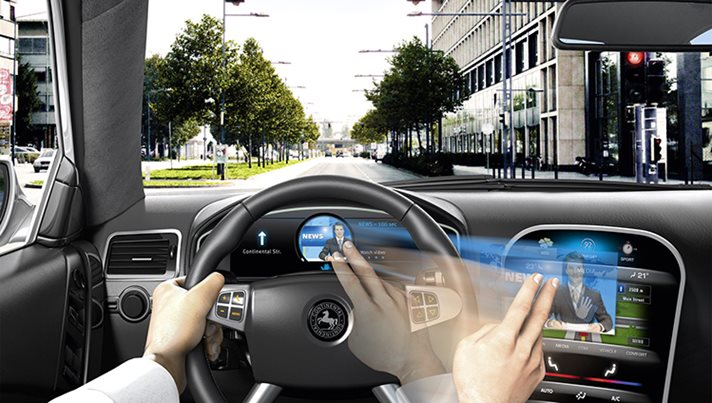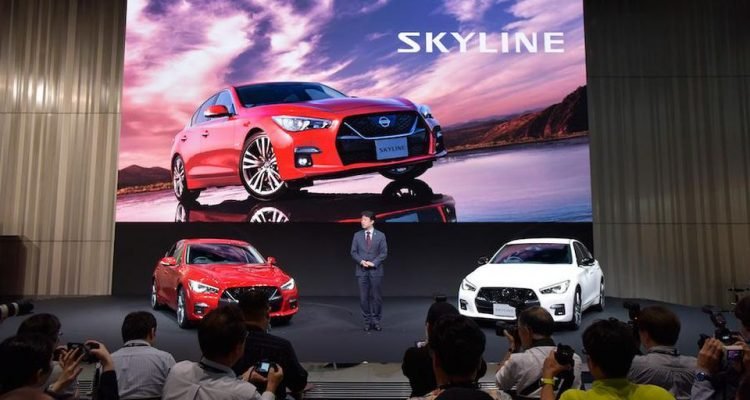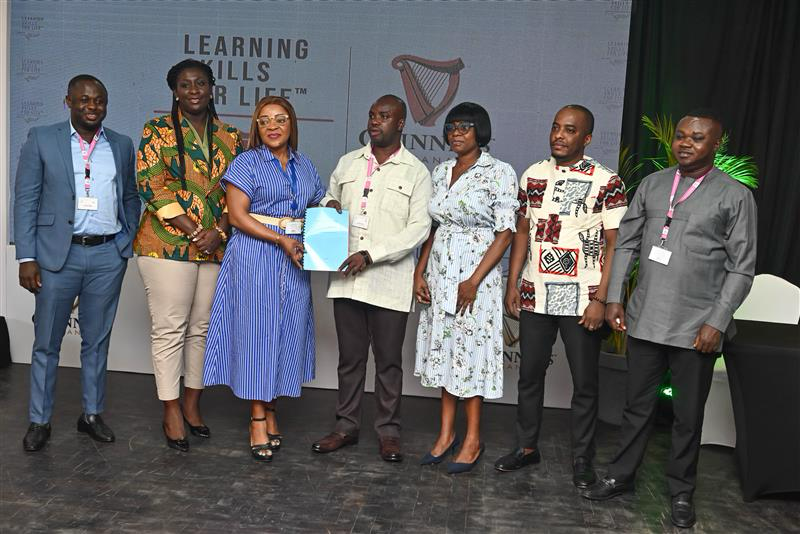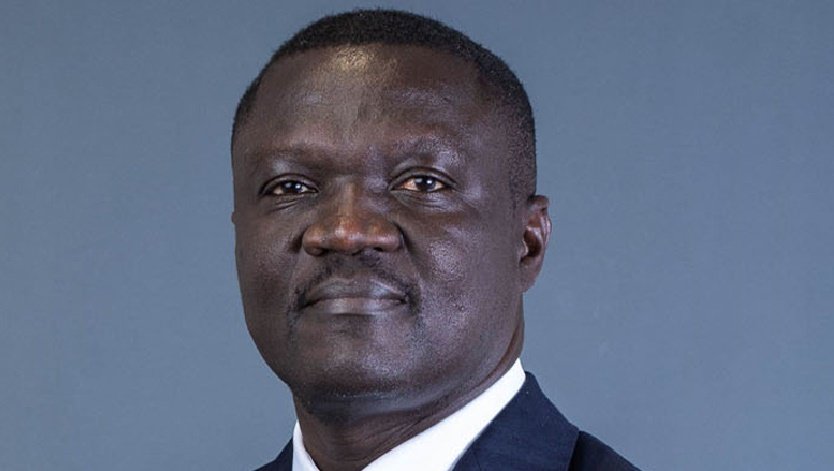

Nissan Introduces Revolutionary Hands-Off Self-Driving Tech
Over the years, ProPilot, the first generation of advanced drivers assistance of Nissan has introduced variety of models including the Rogue. This Advanced Driver Assist System (ADAS) featured the standard stop-and-go Adaptive Cruise Control with Lane Centering, technology that appears on many other vehicles today.
In a statement, its reads; “What Nissan announced this week however, is nothing short of revolutionary. Its new revised ProPilot 2.0 now includes facial recognition software and 3D mapping navigation in addition to a massive upgrade of its cameras and sensors, which in turn translates into “hands-off driving.” For real.
The new system will be introduced in the Nissan Skyline in autumn in Japan and in the U.S. later next year.
Some but not limited to its features by Nissan includes: For the first time, a driver will be able to experience no-hands driving from the on-ramp to the off-ramp of highways, according to Nissan. Slated to be fitted to the Nissan Skyline (Infiniti G50) this autumn, the new technology will include an internal-facing camera for its Driver Monitoring System (DMS) that automatically tracks the driver’s eyes to ensure alertness and combat drowsiness. This feature will permit the driver to take their hands off the wheel as long as the vehicle stays in one lane. Engage the indicator, and the system will automatically overtake the vehicle ahead, but the driver must revert to hands-on driving for this maneuver.

Similarly, in addition to the facial recognition software, the other tech that makes ProPilot 2.0 so revolutionary is its 3D high-definition mapping feature. This allows the vehicle to know exactly where it is on the highway network and to pinpoint a car’s location to within 2 inches, a factor that vastly improves the operation and safety levels of ProPilot.
However, the complex nature of mapping the enormous U.S. highway network in 3D high definition is one reason why the tech’s American introduction will most certainly be delayed until well into 2020. In Japan, which is 1/26th the size of the U.S., 3D mapping gets government funding and the vast majority of the highway network is already covered.
“The new system realizes Nissan’s promise to introduce an auto-navigating, self-driving system for highways by the end of the decade. ProPilot 2.0 brings together a myriad of autonomous driving technologies including seven cameras, five radar sensors, twelve sonar sensors, and a 3D high-definition mapping navigation system,” Nissan noted.
What has prevented other carmakers from employing such self-driving technology is the liability issue. Both Tesla and Uber have been involved in fatal crashes, accidents that caused the whole self-driving industry to rethink its strategy. The addition of the face recognition feature and the 3D mapping navigation now permit greatly extended periods of no-hands cruising and at safety levels not previously possible. The system permits autonomous overtaking as well but drivers must revert to hands-on for such maneuvers.
Firstly, the ProPilot 2.0 system clears Clause 70 of Japan’s Road Traffic Laws which requires a driver to be in control of a vehicle’s steering, acceleration and braking at all times. It is the facial recognition software that permits the Nissan system to meet this regulation, while allowing the driver to remove their hands from the steering wheel. In saying that, we must off course remember that Level 2 semi-autonomous systems have allowed vehicles to drive in adaptive cruise control mode, automatically operating the throttle and brakes and lane keep tech to permit your vehicle to follow a vehicle another at a distance that is automatically maintained by the system. What ProPilot 2.0 delivers is a strategic revision that lifts the current tech to Level 3 by meticulously monitoring a driver’s level of attentiveness.
Meanwhile, U.S. road law is governed by three conventions, the 1949 Geneva Convention on Road Traffic, regulations enacted by the National Highway Traffic Safety Administration (NHTSA), and the vehicle codes of all fifty US states. The Geneva Convention, to which the United States is a party, does not prohibit automated driving. The treaty promotes road safety by establishing uniform rules, one of which requires every vehicle or combination thereof to have a driver who is “at all times … able to control” it. However, this requirement is likely satisfied if a human is able to intervene in the automated vehicle’s operation. NHTSA’s regulations, which include the Federal Motor Vehicle Safety Standards (FMVSSs) to which new vehicles must be certified, do not prohibit or uniquely burden automated vehicles.
The bottom line is that, according to the definition of the above-mentioned conventions, it is not illegal to take your hands off the steering wheel of a car fitted with ProPilot 2.0.
Commenting on the Launch, CEO, Nissan, Hiroto Saikawa said in May this year that he hopes annual sales of vehicles fitted with ProPilot autonomous driving systems to reach 1 million globally in the next four years.
With this new revolutionary revision, expected to be applied to at least 20 models over the next five years, a feature that allows self-driving from the on-ramp to the off-ramp, Nissan might just achieve the boss’s goal, as stated.
















